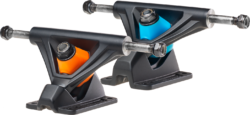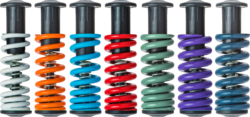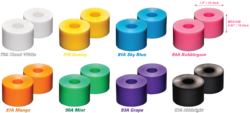180mm Hanger for Seismic G5 Spring Truck.
Fully finished with Pivot Bearing, Spring Nut/Screw assemblies, Wheel Nuts, and Axle Washers. Faced at ends. Does not include Baseplate, Pivot Bolt, or Springs.
Price is for ONE (1) 180mm hanger.
SELECT OPTIONS BELOW
One (1) 180mm hanger for Seismic G5 spring truck.
180mm Hanger for Seismic G5 Spring Truck.
Fully finished with Pivot Bearing, Spring Nut/Screw assemblies, Wheel Nuts, and Axle Washers. Faced at ends. Does not include Baseplate, Pivot Bolt, or Springs.
Price is for ONE (1) 180mm hanger.





Reviews
There are no reviews yet.